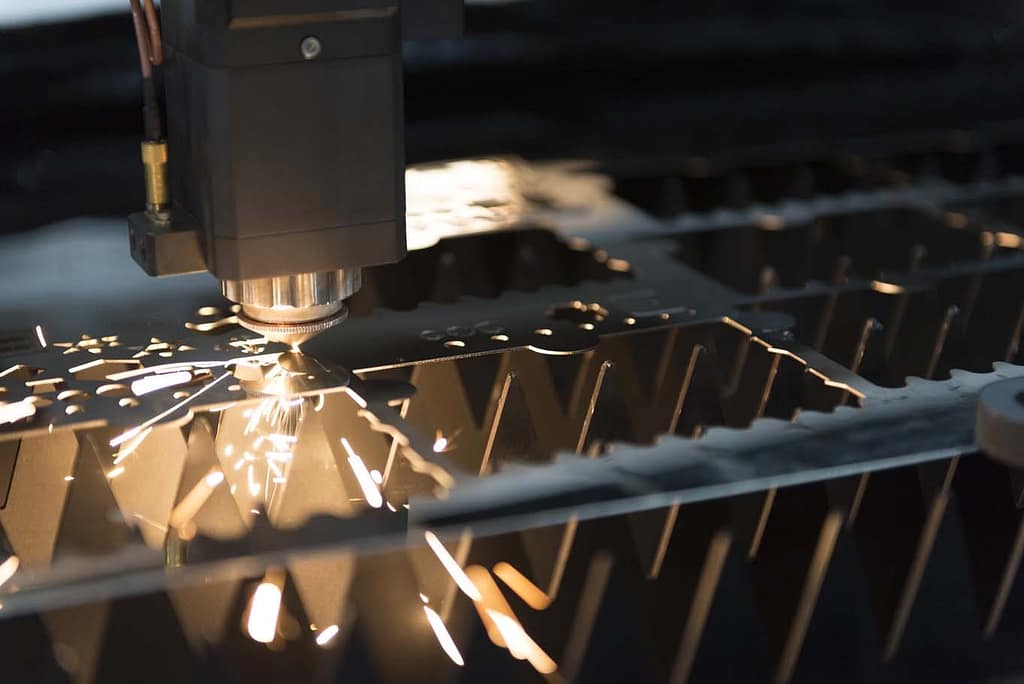导言
In the ever-evolving landscape of industrial manufacturing, subtractive manufacturing remains a cornerstone of precision engineering. Unlike additive manufacturing, which builds parts layer by layer, subtractive manufacturing carves, cuts, and shapes solid materials into the desired form. This technique has been a staple in industries such as aerospace, automotive, and medical device production due to its superior accuracy and material integrity.
This article will explore the fundamentals of subtractive manufacturing, its advantages, the different processes involved, and how it continues to shape the future of industrial production.
What is Subtractive Manufacturing?
Subtractive manufacturing is a process in which material is removed from a solid workpiece to create a final product. This can be done through various cutting, drilling, milling, turning, and grinding methods. The process typically involves computer numerical control (CNC) machines, which allow for high precision and repeatability.
The raw material—whether metal, plastic, wood, or composite—is strategically cut away, leaving behind the desired shape. Compared to additive methods, subtractive manufacturing ensures greater strength and durability because the final product is crafted from a single, solid block rather than built up in layers.
Key Processes in Subtractive Manufacturing
- Milling
- In milling, rotary cutting tools remove material from a stationary workpiece.
- It is widely used for shaping metal and plastic parts with high precision.
- Turning (Lathe Machining)
- A workpiece rotates while a cutting tool removes material, creating cylindrical parts.
- Commonly used for shafts, gears, and precision components.
- Drilling
- Produces round holes in workpieces using rotating drill bits.
- Essential for components requiring precise hole placements.
- Grinding
- Uses abrasive wheels to achieve fine surface finishes and precise dimensions.
- Ideal for high-accuracy applications in toolmaking and finishing operations.
Advantages of Subtractive Manufacturing
High Precision & Accuracy
Subtractive manufacturing is unmatched in producing highly precise parts, making it essential for industries like aerospace and medical device manufacturing.
Superior Material Strength
Since parts are cut from solid blocks rather than built layer by layer, they retain their structural integrity.
Broad Material Compatibility
Works with metals, plastics, composites, and ceramics, making it highly versatile.
Scalability & Efficiency
CNC machines enable rapid production of complex parts, reducing waste and maximizing efficiency.
Challenges & Future Trends
While subtractive manufacturing offers many advantages, it does generate material waste, making sustainability a concern. However, advancements in automated CNC machining, hybrid manufacturing (combining additive and subtractive processes), and AI-driven optimization are helping reduce costs and material consumption.
As industries continue to demand high-precision, high-strength components, subtractive manufacturing will remain a critical part of the manufacturing ecosystem.

结论
From aerospace to medical applications, subtractive manufacturing continues to set the standard for precision engineering. Its ability to deliver high-quality, durable, and intricate parts makes it an indispensable process in modern manufacturing. As technology advances, subtractive manufacturing will continue evolving, ensuring efficiency, accuracy, and sustainability in industrial production.